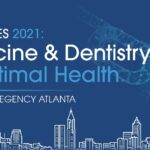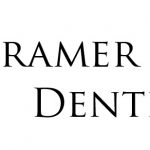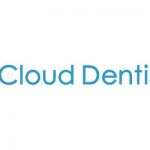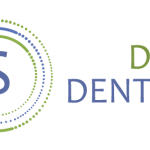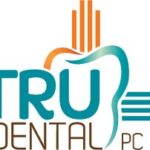
Dr. McGlennen: Tell me how you use OralDNA® salivary diagnostics.
Rosie RDH: Let me begin by sharing; I have been very fortunate to work in practices that support my passion for treating periodontal disease. My patients have benefited through the communication, assessment, and treatment I provide. I know there are hygienists who work under different conditions. My advice: stay strong, keep educating yourself on new technologies and keep asking to use these technologies. Our patients deser...
Read More

